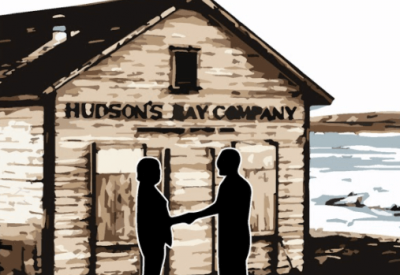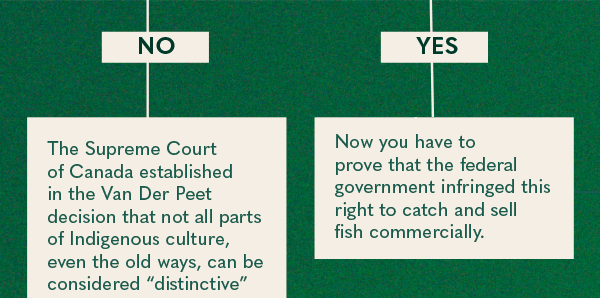PART ONE
How Canada Got Its Economy
A History of Economic Dispossession
How did a company become Canada and what is the legacy of this transaction?
In this section, we show how Indigenous peoples have bankrolled Canada, from the past to the present, and some of the Crown tactics and state violence that made that happen.
We begin with Rupert’s Land — the Hudson’s Bay Company’s “paper empire” — granted by a “royal charter” from England in 1670. Its sale transferred around a third of the present-day country into Canadian hands, all while First Nations were still governing these lands. We examine the Indian Trust Fund, Indian moneys controlled by the Crown, that accumulated billions and lost millions, through fraud, mismanagement, and settler need. We look at the great land theft legislation that allocated millions of acres of Indigenous lands to settlers and colonization companies, while sequestering First Nations on reserve. Finally, we look at how these corporate handouts are the blueprint for colonization in Canada today.
This part of the report exposes broader patterns of colonial policies and violence that have always been rooted in corporate, capitalist interests, from the fraudulent purchase of “Canada” in 1869 to the ongoing corporate handouts today.
We ask:
- How have these settler economies tangled with Indigenous ones?
- Where were the opportunities for shared benefits to First Nations?
- How were Indigenous economies attacked, with the aim of being extinguished?
"For us, that Indigenous economy, is the idea that our lands and our language, our culture, our heritage, all of those things that make us Indigenous people, wherever you are from, that this is who we are. That is where we put our wealth, that is what wealth is for us.”
- Skyler Williams, Mohawk, Wolf Clan member, Six Nations of the Grand River Territory, spokesperson for the #1492LandBackLane occupation; The Ransom Economy webinar

SPECIAL FEATURES
VIDEO & FAQS
Indian Trust Fund
PRODUCED BY THE CASH BACK PROJECT TEAM
What is the Indian Trust Fund? Was money stolen from First Nations from the Trust Fund? Why is there so much confusion and mythology around the fund? Learn more on this special feature page that includes an animated video on the history of the fund and a FAQ on some of the most common questions regarding the fund.
Corporate Colonialism
How can we even begin to assess the cumulative impact of how much was taken away from First Nations, while corporate colonialism was driving the economic interests of Canada? This factsheet reveals some of the numbers behind the colonial financial transactions that build the foundation of Canada.
COMIC
Canada the Company
Illustrations by Elizabeth LaPenseé, PRODUCED BY Shiri Pasternak
What is Rupert’s Land and what does it have to do with the Canadian economy today? How did a trading company become a company? Whose territory was “sold” in the process?
Flowchart
Do you have a right to catch and sell fish?
BY SHIRI PASTERNAK AND NAIOMI METALLIC
The Supreme Court of Canada has been at the heart of defining Indigenous economic rights. But they seem to have the wrong impression of what this means — freezing Indigenous peoples into precontact caricatures of themselves and struggling to ever prioritize Indigenous economies over settler interests. Here, we try to reproduce the weird battery of tests you would be subjected to, if say, you wanted to catch and sell fish.
Indian Moneys, Legislation, and the 1951 Indian Act Amendments
BY ROBERT HOULE AND SHIRI PASTERNAK
This document shows the impact of fiscal legislation from pre-1867 to present and the impact of these policies on Indian moneys. The significance of the 1951 Indian Act amendments are highlighted, including the move of the Indian Fund to the Consolidated Revenue Fund.






